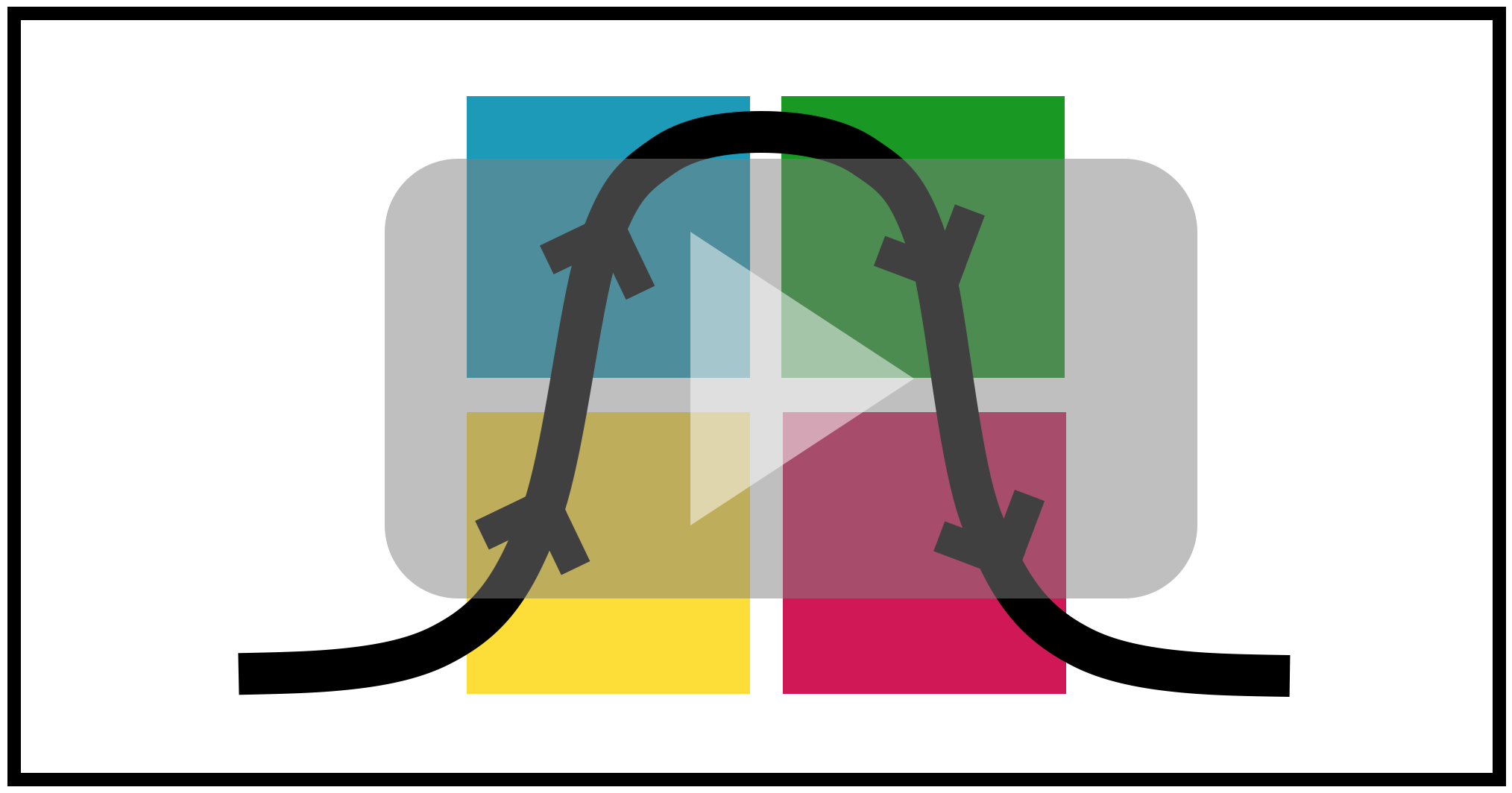
Learning Styles: popular, but still a myth
Immerse yourself in the world of teaching and learning long enough, and you will sooner or later come across the concept of learning styles. There are dozens and dozens of defined models of Learning Styles, but the two that you’ve most probably heard of are VAK (Visual – Auditory – Kinaesthetic) and Kolb (Accommodating – Diverging – Assimilating – Converging).
What are Learning Styles?
“Learning Styles” is a theory of how learning takes place.
All learning styles follow the same two-part hypothesis:
1 – Individuals have a preference for a specific style of learning
2 – Teaching according to the individual’s learning styles will make learning more effective.
The second part of the hypothesis is called “matching” or “meshing” – matching the teaching style to the learner’s preference.
And here is exactly where all learning Style Models completely fall apart.
The fact is: there is absolutely no scientific evidence that matching leads to better student outcomes.
An abundance of proof
Don't believe me?
Check out this in-depth study by a team of British researchers. They have researched 71 (!) Learning Style models, conducting what is called a meta-study of scientific articles about the effectiveness of Learning Styles. They specifically looked for “empirical evidence that learning styles have an impact on students’ learning”. The result of their study was that “…this review has failed to find substantial, uncontested and hard empirical evidence that matching the styles of learner and tutor improves the attainment of the learner significantly.”
A more recent in-depth research study on Learning Styles has come to the same conclusion:
“… we have been unable to find any evidence that clearly meets this standard. Moreover, several studies that used the appropriate type of research design found results that contradict [...] the meshing hypothesis.”
I can imagine that you don’t want to dive into these comprehensive reports (the study by Coffield’s team is over 180 pages long), so I have an alternative for you: a fun but very clear video from the Smithsonian Science Education Center. When it comes to science and real evidence, it can’t get more trustworthy that the Smithsonian, right?
Why are Learning Styles so popular?
If using Learning Styles has no effect on the learning outcomes, and if there are so many articles and videos and publications debunking this neuro-myth, why is it that learning styles command such popularity?
REASON 1: The idea that everyone has a distinct preference for learning is intuitively appealing. Since everyone is different, it makes intuitive sense to take those differences into account.
REASON 2: Most learning styles easily accommodate for quizzes and simple assessments, which are fun for students. The immediacy of such a personalized and clear-cut answer is a huge draw – for students and teachers alike.
REASON 3: Learning styles have launched a thriving commercial industry, where entire training organisations and consultants rely on inflated claims of effectiveness of learning styles. At a certain point, it becomes like an echo-chamber, with everyone repeating the same conclusions – conclusions that have no factual foundation.
Do’s and Don’ts
- Do not: match your teaching style to any particular learning style – it does not lead to better results for your students.
- Do: be aware that students might believe in this neuromyth, as shown in the video above. Be prepared with a solid answer, such as a reference to an article or research paper.
- Do not: use personal preferences as a guide when designing your courses. Recently, I worked with a rookie trainer who told me that she never used buddy-style exercises in her sessions because she herself “hated working in pairs”. I explained to her that buddy-style exercises have two key benefits for the students: (1) they make thinking concrete (because students have to verbalise and structure their answers) and (2) they promote a deeper understanding of the topic through brainstorming and exchange of ideas.
The bottom line is: it’s not about what anyone likes or prefers – it is what is more effective for learning.
More resources
- Video - Learning Styles Hurt Learning: excellent and clear overview of research findings by Dr. Beth Rogowsky; watch the segment from 3:45 until 30:40.
- Learning Styles FAQ by Daniel Willingham, Professor of Cognitive Psychology at the University of Virginia.
- The Guardian - Teachers must ditch 'neuromyth' of learning styles, say scientists
- Frontiers in Psychology - The Learning Styles Myth is Thriving in Higher Education



